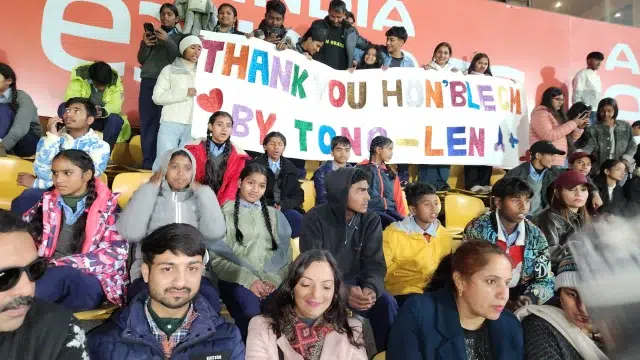Himalayan Winter Blues: Snow Cover Trends in Himachal Pradesh (2023-24)
2 min read
Suggestive Image
The State Centre on Climate Change, established by the Himachal Pradesh Council for Science Technology & Environment (HIMCOSTE), has been actively studying the impact of climate change on Himachal Pradesh. Winter precipitation in the form of snow covers about one-third of the state’s area, crucial for river discharge and glacier dynamics.
Director (Env.S&T)-cum-Member Secretary (HIMCOSTE), Sh. D.C. Rana, highlighted the significance of mapping snow cover using satellite data to understand its spatial distribution across river basins from October to April. The 2023-24 winter season was assessed using AWiFS satellite data, revealing varying trends across basins.
During early winter (October-November), Chenab, Beas, and Satluj saw reduced snow cover compared to 2022-23, with Ravi showing a slight increase. Peak winter months (December-February) generally exhibited declining snow cover across all basins, except for Satluj in December, which saw a modest increase. January recorded the most significant declines across Chenab (42%), Beas (43%), Ravi (64%), and Satluj (67%) in 2023-24.
March and April 2024 showed positive trends in snow cover across all basins compared to 2022-23, particularly in February when snow cover increased. Overall, Chenab basin observed a 15.39% decline, Beas 7.65%, Ravi 9.89%, and Satluj 12.45% in 2023-24 compared to the previous year, reflecting a 12.72% decline across Himachal Pradesh’s Himalayan region.
Chief Secretary Sh. Prabodh Saxena emphasized HIMCOSTE’s three-decade-long research on Himalayan snow and glaciers, noting rising temperatures affecting glaciers and altering snowfall patterns. He expressed concerns over reduced snow spells in Shimla and urged proactive measures like promoting e-vehicles and renewable energy to mitigate climate impacts.






